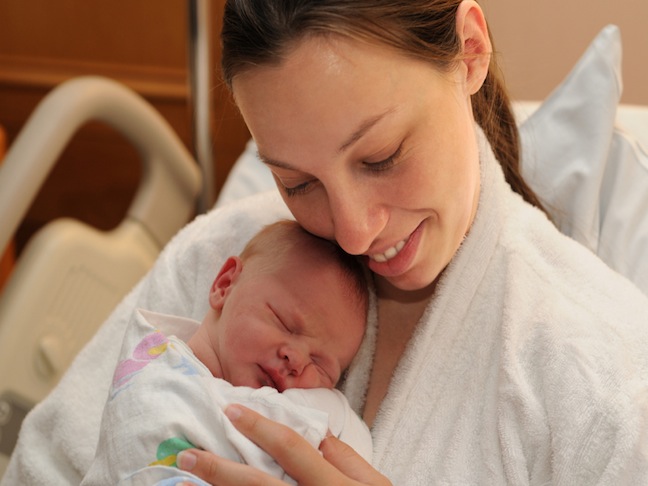If you’re having, or have recently had, a Caesarean Section, you’ll know it’s major surgery.
The recovery is not easy, and having a baby to take care of can make things seem even more difficult. The good news is that things do get easier, but for the first few weeks you really do need to take it easy.








